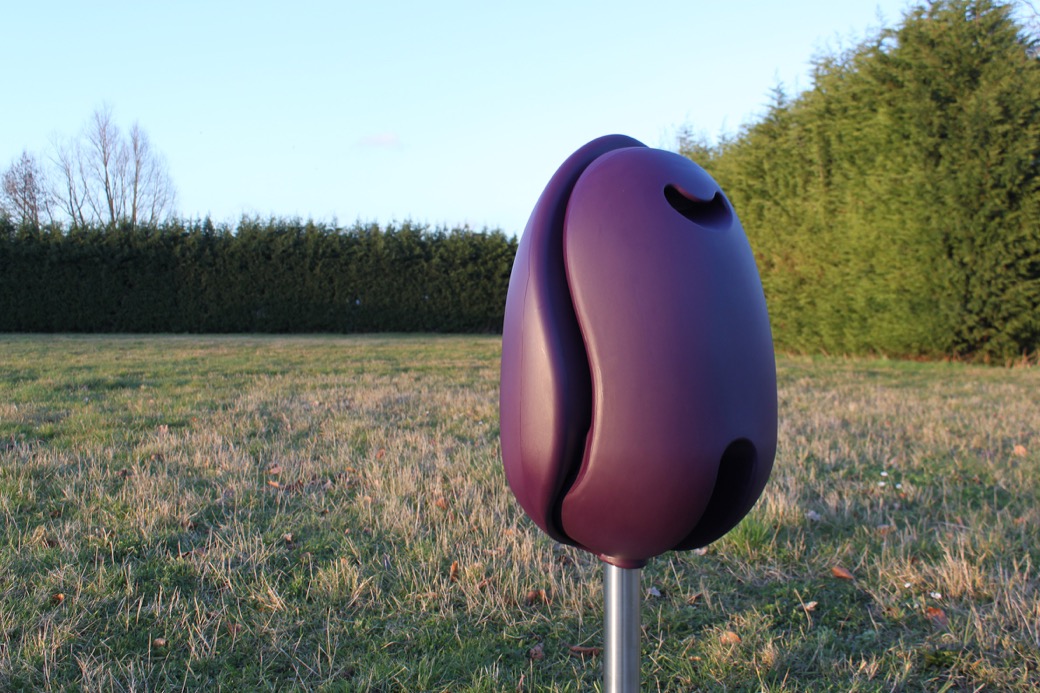

More than 127,000 people were evacuated from the city, state broadcaster CCTV reported. The death toll in Beijing climbed to 12, Chinese state media Beijing Daily reported Wednesday, and 12 others remained missing. Khanun’s impact comes on the heels of Doksuri, which inundated the western outskirts of Beijing with floods that swept away cars and destroyed a bridge. While the slow-moving Khanun is steadily weakening, its outer bands could potentially bring heavy rainfall and high wind gusts over China’s eastern Zhejiang province and along the coast near Shanghai in the next few days. The center of Khanun is forecast to stall in the East China Sea in the next 48 hours, potentially making a turn toward Japan’s northern Ryukyu Islands over the weekend and avoiding a direct hit to China’s eastern coast, which has been drenched by the remnants of Doksuri.


More than 600,000 residents were ordered by the prefecture government to evacuate their homes, and strong winds took out power lines, leaving more than 200,000 households without electricity on Wednesday morning, according to the Okinawa Electric Power Company.Īn uprooted tree in Naha, Okinawa Prefecture, on August 2, 2023. In the past 24 hours, many locations in Okinawa have received 175 to 220 millimeters (6 to 8 inches) of rainfall, according to CNN Weather on Wednesday morning. Meanwhile, Typhoon Khanun packed winds of 220 kilometers per hour (137 mph) – the equivalent of a Category 4 Atlantic hurricane – as it made its nearest pass to Japan’s southwestern Okinawa islands early Wednesday.

Severe flooding in Beijing was caused by the heaviest rainfall in 140 years, according to local meteorologists, and there’s little reprieve for the region as Typhoon Khanun lashes Japan with wind and rain.īetween Saturday and Wednesday morning, 744.8 millimeters (29 inches) of rain fell in the Chinese capital from the remnants of Typhoon Doksuri, according to the Beijing Meteorological Service – the heaviest rain over consecutive days since records began in 1883.


 0 kommentar(er)
0 kommentar(er)
